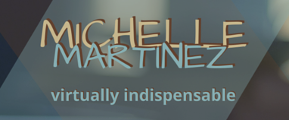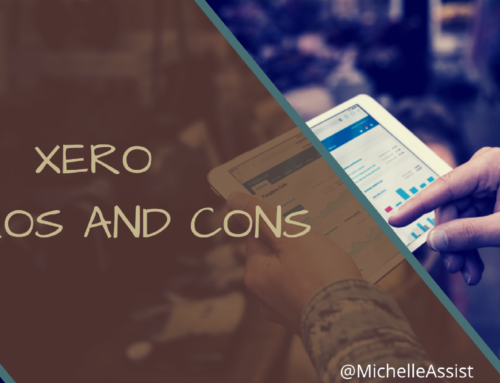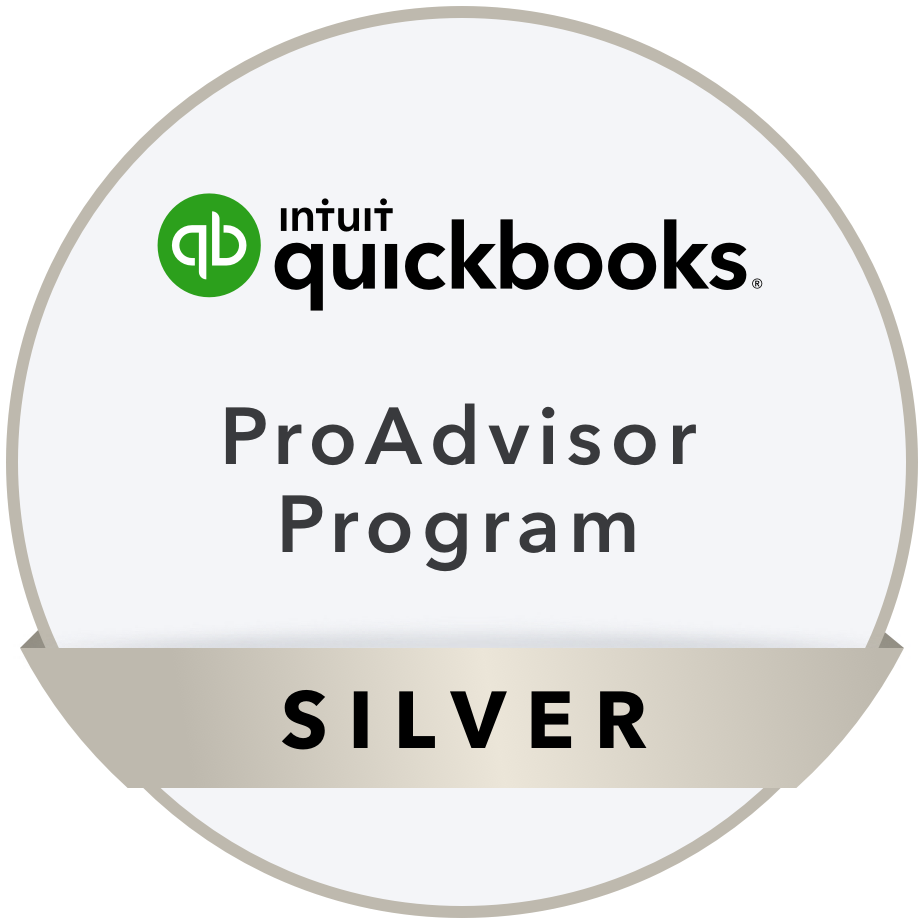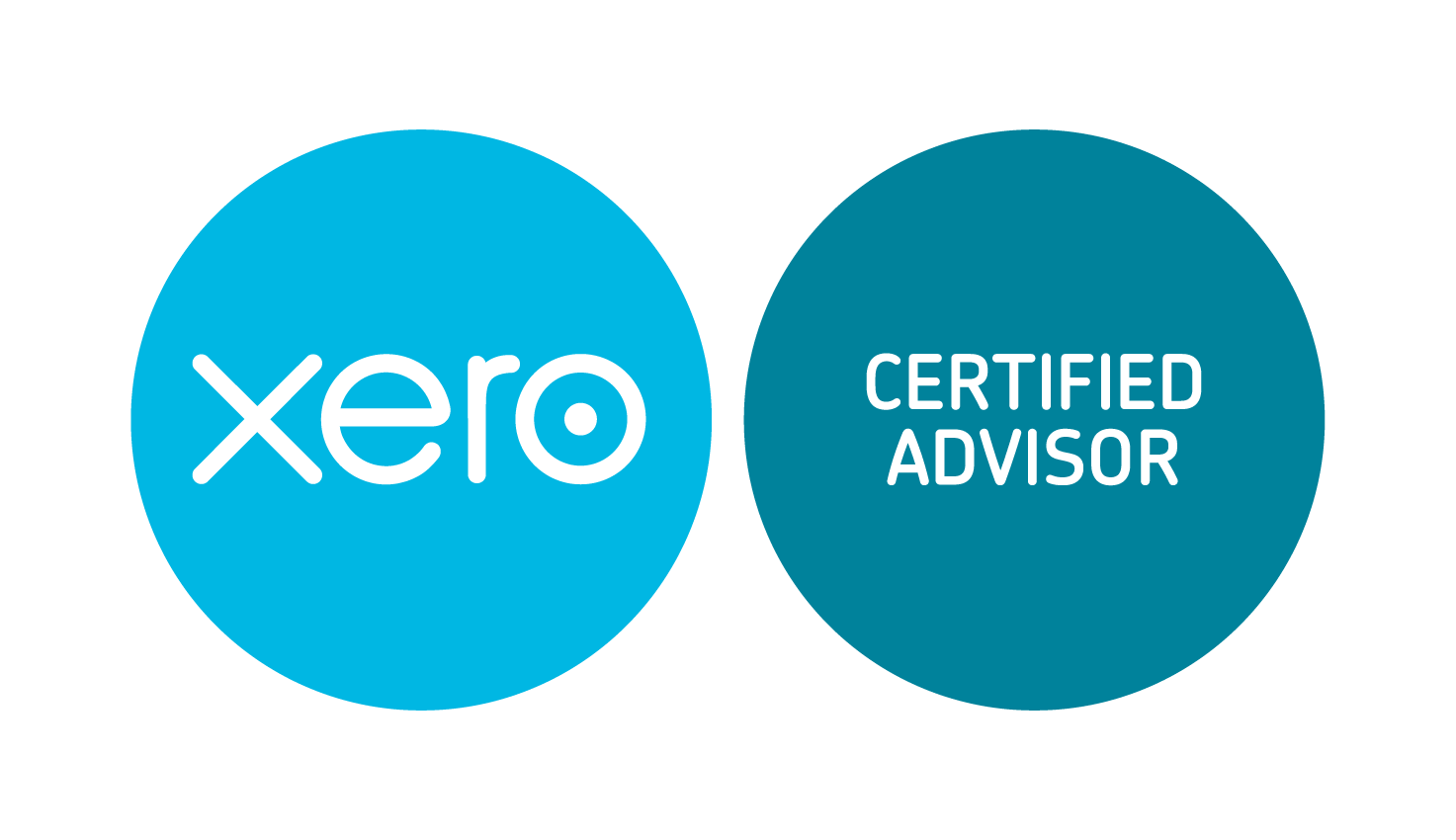[vc_row][vc_column width=”1/1″][mk_custom_box bg_color=”#466f73″ bg_position=”left top” bg_repeat=”repeat” bg_stretch=”false” border_color=”fff” padding_vertical=”30″ padding_horizental=”20″ margin_bottom=”10″ min_height=”100″]
If you want to be paid in a timely manner, you must invoice in a timely manner. An invoice is, as David Masters says, a “culturally acceptable way of asking for money.” I love that he put it that way.
I would advise that before you create an invoice you make sure that you’ve laid out your payment terms for your clients! Clients should not be taken by surprise by a bill. Both parties should know when to expect it (at the beginning/end of a project? on a set date? after x hours of work?), what payment methods are acceptable (credit card, check, bank transfer?), and what the terms of payment are (due upon receipt? net 30?). The invoice will remind your client of these things, but, again, it shouldn’t be brand new information. If you haven’t had a discussion about it, now is the time to do so!
Basic Invoice Components
To some extent, the information included on an invoice can vary depending on what is being billed, but these basic components will be found on most invoices
1. Invoice Number
This is for record-keeping. Don’t skip the invoice number.
2. Contact information
Invoices include contact info for both you and your client, including business name, full name, mailing address, phone number, and email address.
3. Itemized Charges
This means that for each charge, you are specifying what was done or provided, the date, the quantity, the rate (price each), and the total (for that line). You may have one line or several lines, depending on what you’re billing.
4. Grand Total
You’ll always include a grand total of all charges, including tax, fees, or discounts.
5. Payment Terms or Due Date
A due date is the simplest way of showing when your invoice should be paid. Use an actual calendar date for this (Due by Monday, November 2). Quickbooks has a thorough article about payment terms here, if you want to read more in depth about the common terms like Net 30.
How to DIY (Do it Yourself)
You can use any word processing software to make your own invoice, or you can use an online tool. I recommend the latter. Online invoicing software will give you a place to type in all of the relevant information and generate a professional invoice for you, but they will do much more than just that. These tools will…
- store your client information for later,
- automatically email the invoice to your client for you (if you choose),
- give you options to allow your clients to pay online (some sync with Stripe to process credit cards and/or with PayPal, and I happen to know that Quickbooks has its own way to accept bank transfers, as well),
- keep track of how much your client owes and whether they have a past-due balance,
- allow you to create recurring invoices with ease, and
- automatically add late fees (some, not all tools can do this)
Note: Freshbooks is a great, simple tool for freelancers to invoice clients and keep track of their expenses. I invite you to try it out using my referral link. If you enjoy it and decide to continue using it, your first month will be free. Freshbooks is not right for everyone, and I’m comfortable helping my clients with invoicing and bookkeeping using any one of these tools: Freshbooks, Wave, Quickbooks, Xero, or Zoho. I’m also happy to look into any other software that a client wishes to use.
Once your invoice is created and proof-read, you should email it to your client with a simple note, and you should schedule reminders to follow up if the invoice is not paid right away!
[/mk_custom_box][/vc_column][/vc_row]








Leave A Comment